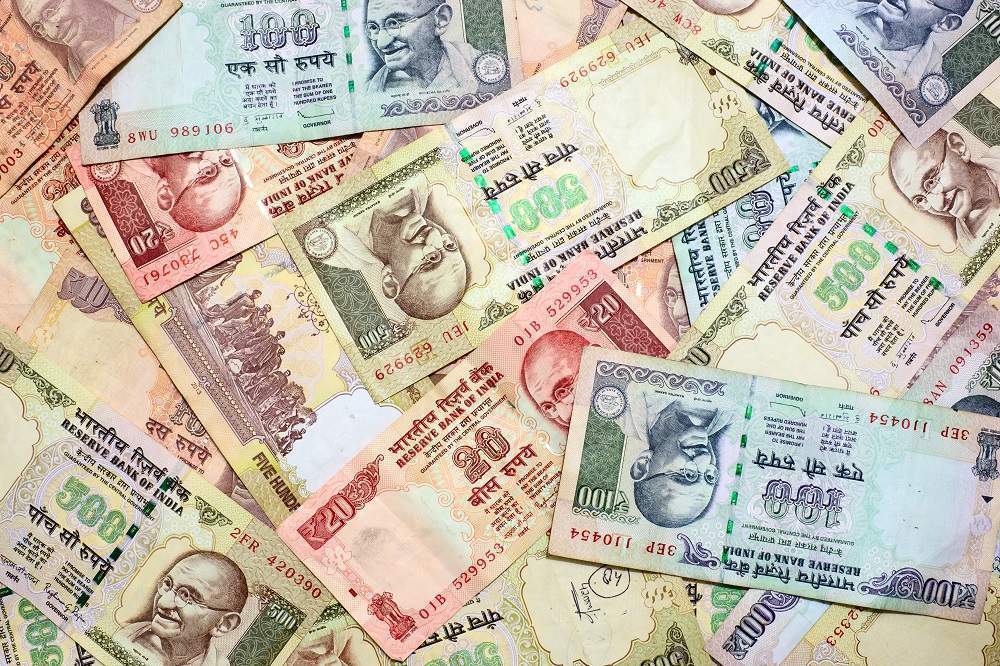
The Indian government has announced plans to inject an unprecedented 2.11trn rupees ($32bn) into large state-controlled banks.
Financial analysts expect that the two-year program will operate in a similar way to a 1990s initiative. The Indian government will sell bonds to banks and use the proceeds to inject new equity into the institutions.
Two major credit-rating companies Fitch and Moody’s have applauded the Indian government’s recapitalisation efforts.
“The quantum of the plan is large enough to comprehensively address these banks’ weak capitalisation levels,” said Srikanth Vadlamani, a senior credit officer at rating agency Moody’s, adding that the intervention is a “significant credit positive.”
Jobin Jacob, a Mumbai-based associate director at Fitch agrees that the proposals target the weaknesses in India’s financial system:
The proposed infusion is a sizable jump over what had been pledged before as India is seeking to plug a large part of the core equity gap at the state-run banks.
How well do you really know your competitors?
Access the most comprehensive Company Profiles on the market, powered by GlobalData. Save hours of research. Gain competitive edge.
 Company Profile – free sample
Company Profile – free sampleThank you!
Your download email will arrive shortly
Not ready to buy yet? Download a free sample
We are confident about the unique quality of our Company Profiles. However, we want you to make the most beneficial decision for your business, so we offer a free sample that you can download by submitting the below form
By GlobalData
The plan is almost triple the size of a 700bn rupees ($10.8bn) recapitalisation plan the Indian government announced two years ago, but the increase is welcome.
After years of almost indiscriminate lending, India’s banking sector has been dogged with $145bn in soured loans, the highest among the world’s largest economies.
Many recipients of Indian bank loans in sectors such as steel and infrastructure have failed to either achieve the forecast returns or meet their loan obligations.
Gross non-performing loans at the state-controlled lenders hit 13.7 percent of assets at the end of June, up from 5.4 percent in March 2015.
The $32bn injection addresses these problems, in particular “weak core capitalisation, one of the key drivers for our negative outlook on the South Asian nation’s banking sector,” Jacob added.
Partly owing to the lack of private investment in underperforming state-run banks, India has seen its growth rate plummet to the lowest in three years.
State-run banks account for almost 90 percent of all non-performing loans in India, according to Credit Suisse Group AG data.
But have the Indian government’s proposals boosted investor confidence in state-run banks, which account for more than two-thirds of the country’s banking assets?
Shares in India’s largest banks surged on Wednesday morning in response to the government’s recapitalisation plans.
The share price of Punjab National Bank, the second-largest state-controlled bank by assets, jumped 39 percent on Wednesday morning, while shares in State Bank of India, the country’s largest lender, rose 24 percent.
Other major state banks including Canara Bank and Bank of Baroda saw share price increases of above 25 percent.
“The enhanced infusion plan should help the government more realistically reform banks — kickstarting lending, hastening loan resolution and helping to consolidate the banking sector,” analysts at CreditSights told Verdict in a statement.
The benchmark NSE index was up by as much as 1.3 percent.
However, share prices in some of the leading private-sector banks fell.
Shares in HDFC Bank, the country’s most valuable bank by market capitalisation, and Kotak Mahindra Bank both dropped by just under 4 per cent.
Uncertainty remains as to whether India will be able to meet its 3.2 percent target of gross domestic product for the year ending in March 2018.




